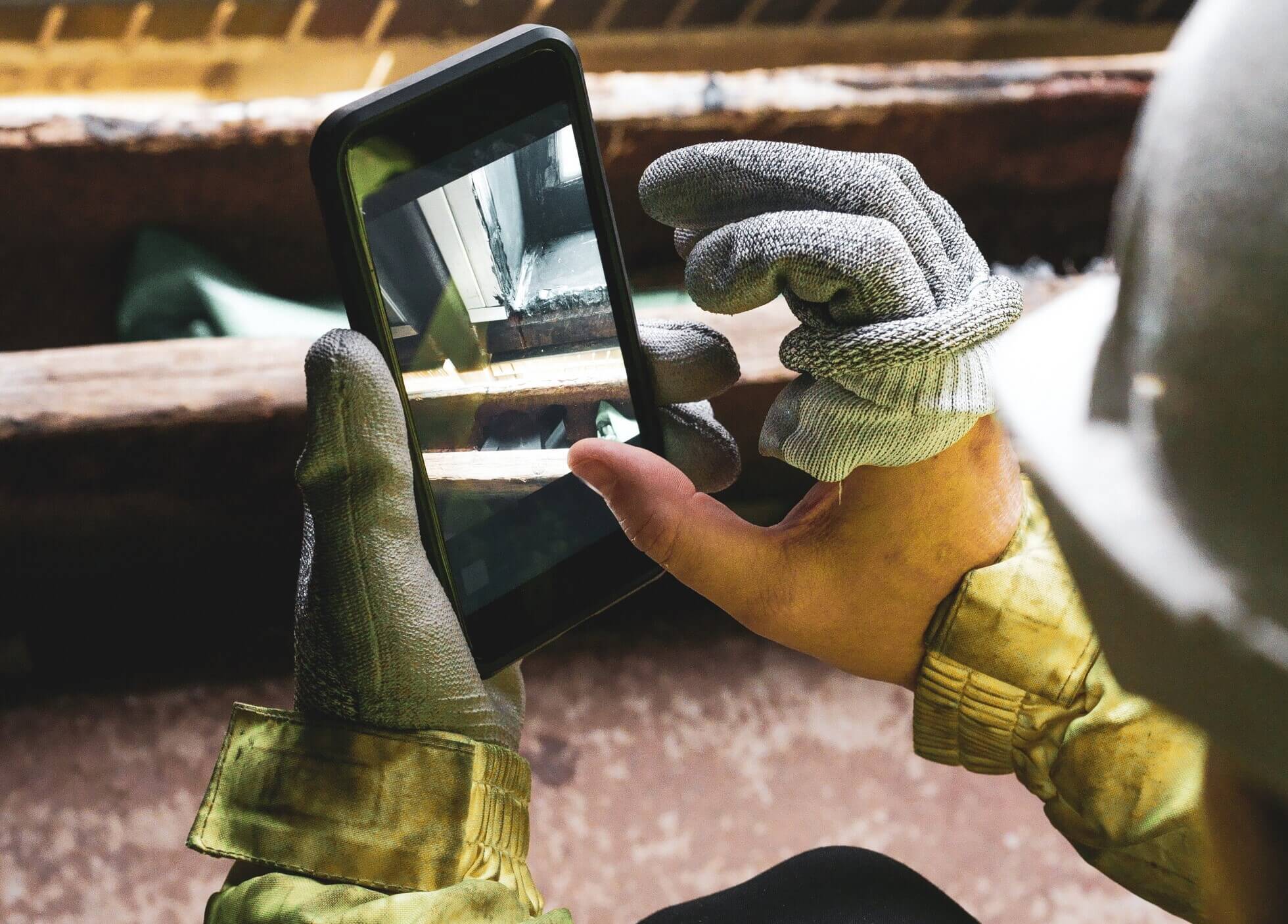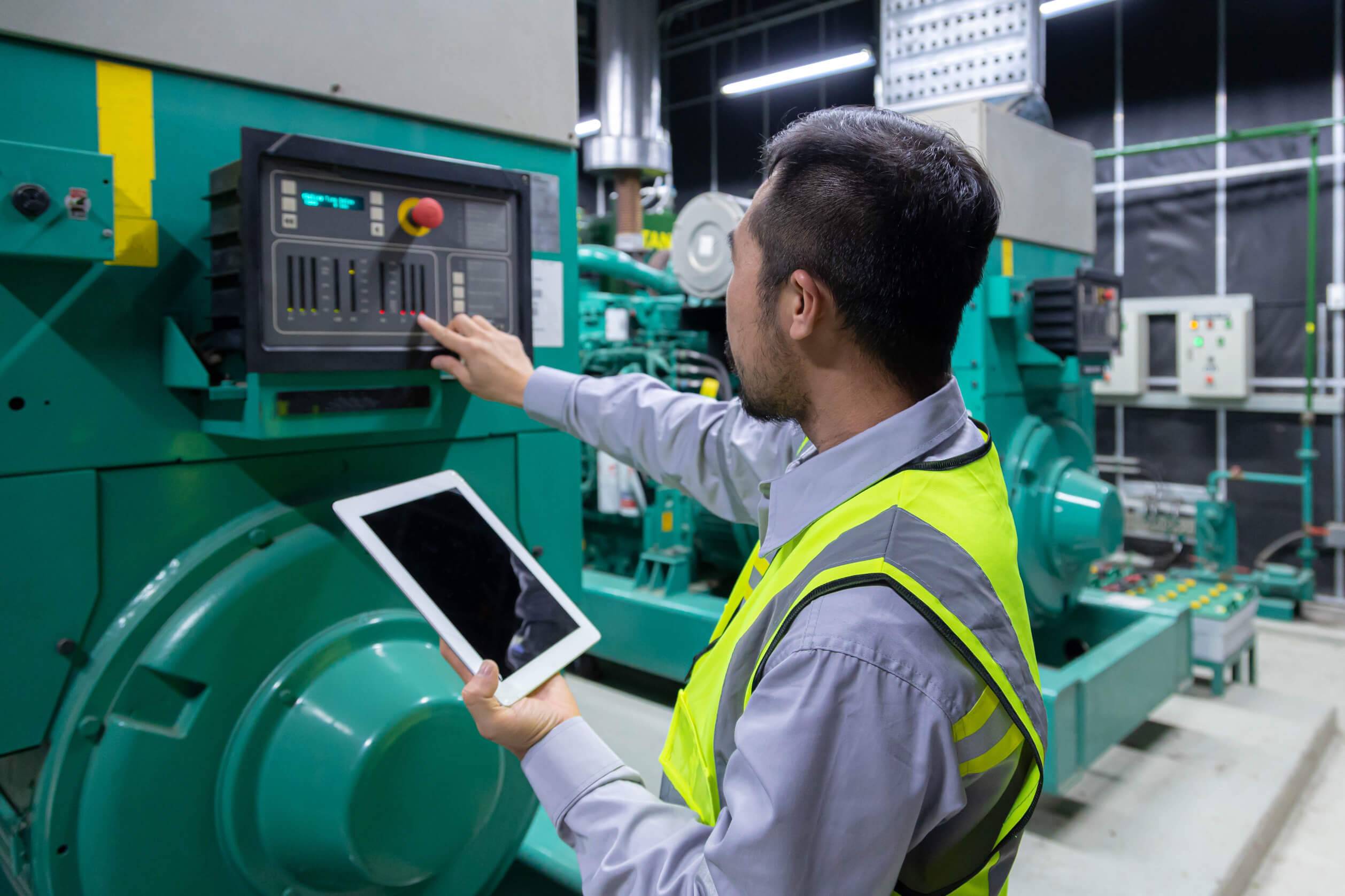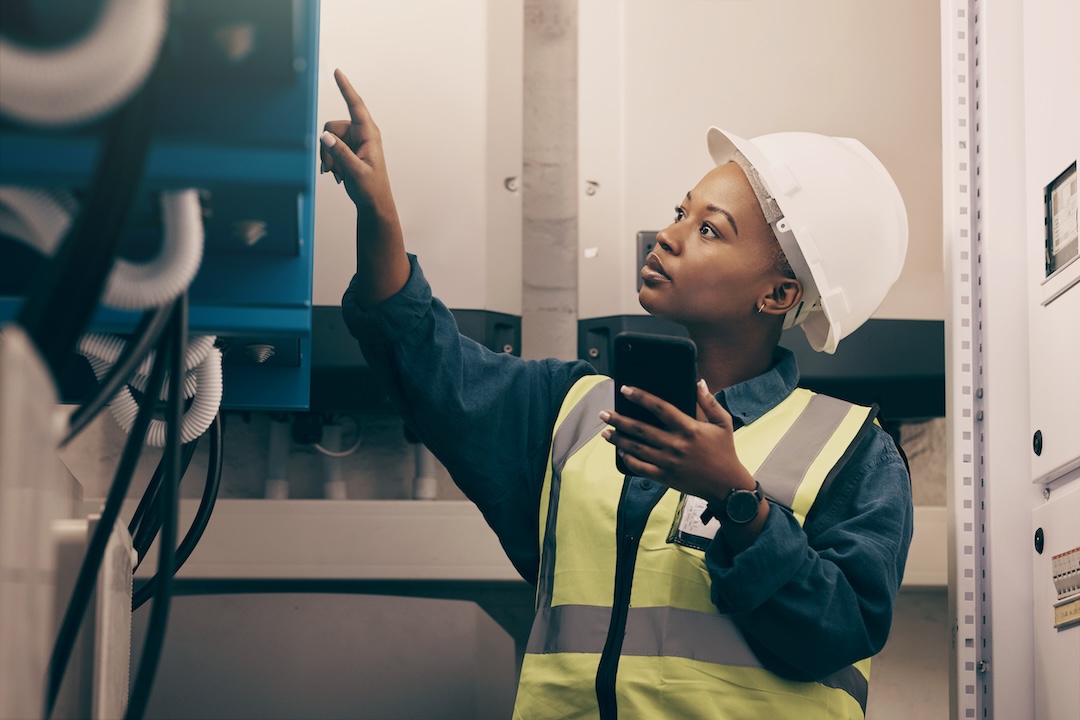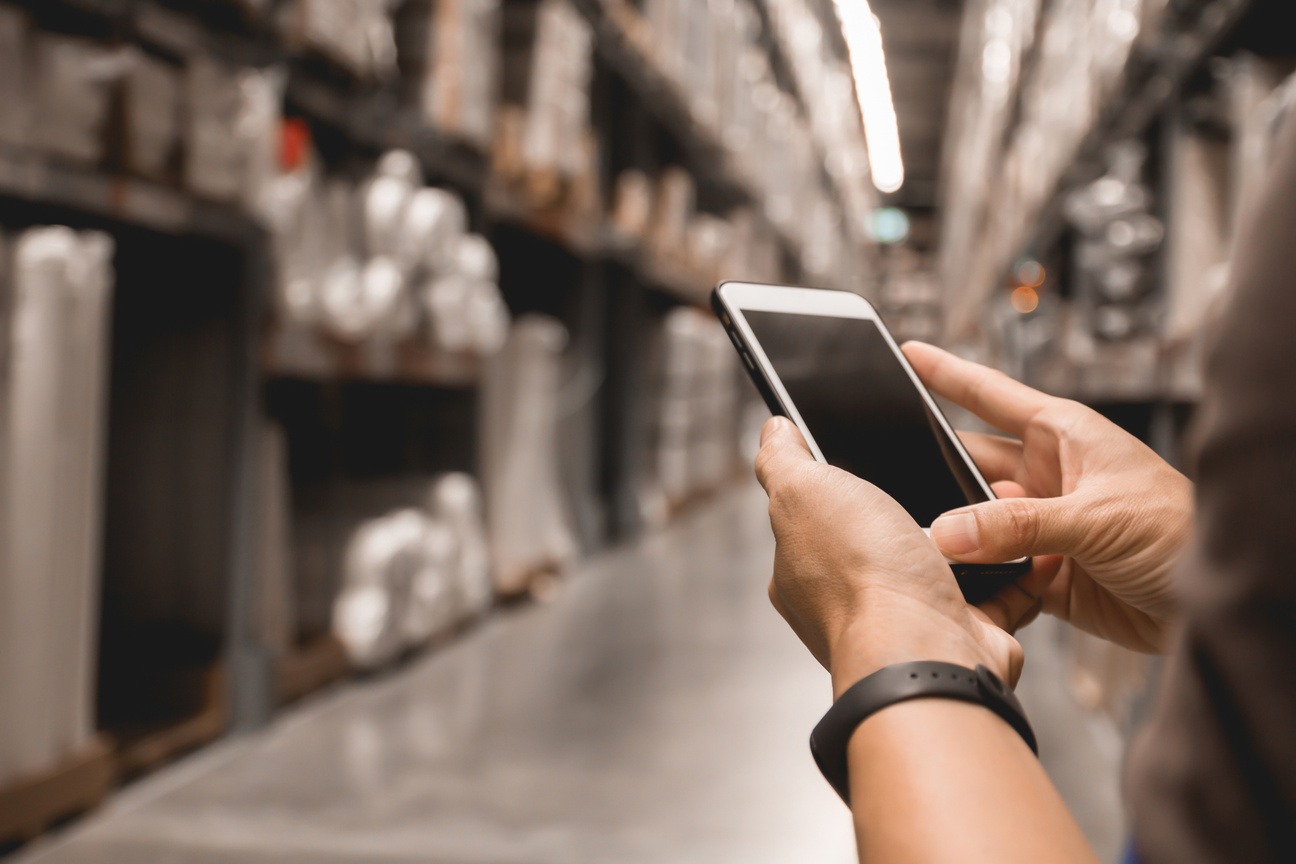
Are we cleaning our buildings well enough? Are we doing enough to protect our tenants? What are we expected to do?
These are questions many property managers are now asking themselves post the major outbreak of the coronavirus (COVID-19). The topic came to the forefront of the global conversation, leading many Americans to question their daily hygienic practices.
In this post, we summarize best practices for keeping common areas safe, clean, and sanitary. We also share some quick tips for streamlining procedures, improving staff communication, and enhancing compliance.

Sanitation Recommendations for Property Managers
First, let’s review the difference between cleaning and disinfecting.
According to the CDC, the terms are distinct:
- Cleaning is the removal of dirt and impurities, including germs, from surfaces. Cleaning alone does not kill germs, but it decreases their number and, therefore, any risk of spreading infection.
- Disinfecting is the process of using chemicals to kill germs on surfaces. This process does not necessarily clean dirty surfaces or remove germs. But killing germs remaining on a surface after cleaning further reduces any risk of spreading infection.
Understandably, many folks think they are disinfecting when they are actually just cleaning. Viruses can live on surfaces for hours in the right environment, according to the National Institutes of Health. Here’s how property managers can effectively clean and disinfect building common rooms:
1. Stock Up on Approved Supplies
Common areas, laundry rooms, and bathrooms should be wiped down and disinfected with approved cleaners. The most effective cleaning products are considered to be diluted household bleach, cleaning liquids containing at least 70 percent alcohol, or EPA-registered household disinfectants.
Experts recommend a two-step process of wiping down commonly touched surfaces before disinfecting them with one of the following solutions:
- Diluted Bleach Mixture: 5 tablespoons (1/3rd cup) bleach per gallon of water or 4 teaspoons bleach per quart of water.
- Alcohol Solutions: Must contain at least 70 percent alcohol.
- EPA-Registered Disinfectants: Click here for a list.
- Products containing Sodium hypochlorite, Isopropanol, and Ethanol are said to be the most effective.
**Tips for bleach activations: Follow the manufacturer’s instructions for application and proper ventilation. Check to ensure the product is not past its expiration date. Never mix household bleach with ammonia or any other cleanser.
Additionally, provide all cleaning team members with respiratory masks and latex gloves for their safety.

2. Update Cleaning Checklists
Next, property managers should update existing cleaning guidelines to reflect both CDC and local government sanitation recommendations.
Your checklist should clearly answer questions like:
- What types of cleaners must be used?
- Which surfaces and items should be disinfected?
- How often should we wipe things down, and when?
- What safety rules should we put in place for residents?
- How will we remind residents of community guidelines?
- How can we increase social distancing between tenants?
- How can we increase air circulation in common areas?
Commonly touched items worth disinfecting include elevator buttons, door handles, handrails, laundry machine buttons, and community surfaces.
As a property manager, your biggest challenge might be compliance. Therefore, it’s important for all janitorial, maintenance, and other employees to both understand the importance of the task at hand and have a foolproof cleaning system to follow.
If your management team is still relying on paper work orders, consider switching to a digital operations solution like MaintainX. The app allows managers to create sanitation procedures, track work history, manage standard operating procedures, and maintain foolproof accountability with digital audit trails.
In addition to assigning work orders, property managers also should consider communicating with staff in real time via the app’s integrated chat feature. This helps keep everyone on the same page. Furthermore, management teams can segment messages for individuals, groups, and departments.
3. Review Personal Sanitation Guidelines in Team Meetings
Finally, make sure everyone in your building is on the same page when it comes to proper surface cleaning, hand sanitation, and self-protection.
Beyond teaching staff how to conduct a deep clean, managers should remind tenants of CDC-recommended hand sanitizing procedures. Consider freely distributing alcohol-based hand sanitizers containing at least 70 percent alcohol. Place posters in common areas that remind everyone of vigorous hygienic practices:
When to Sanitize Hands
- After blowing one’s nose, coughing, or sneezing
- After using the restroom
- Before eating or preparing food
Other Sanitation Tips
- Avoid touching eyes, nose, or mouth with unwashed hands.
- Provide tissues and no-touch disposal receptacles.
- Place hand rubs in multiple locations.
- Ensure adequate supplies are maintained.
- Cover coughs with the inside of elbows.
Above all, maintain communication with both staff and tenants as new information arises.

Enforce Safety and Sanitation Recommendations
Implementing new cleaning procedures, maintaining open communication with team members, and reminding tenants of proper sanitation practices aren’t easy. However, utilizing streamlined systems can make things easier. We hope you have found these reminders useful. For a more comprehensive list of guidelines, check out the CDC’s guidelines on clearing and disinfecting.
If you think MaintainX could help your organization streamline its sanitation operations, we’re here to help. Our mobile-first app simplifies internal communication, reduces work order development time, and increases accountability with digital audit trails.
FAQs




















